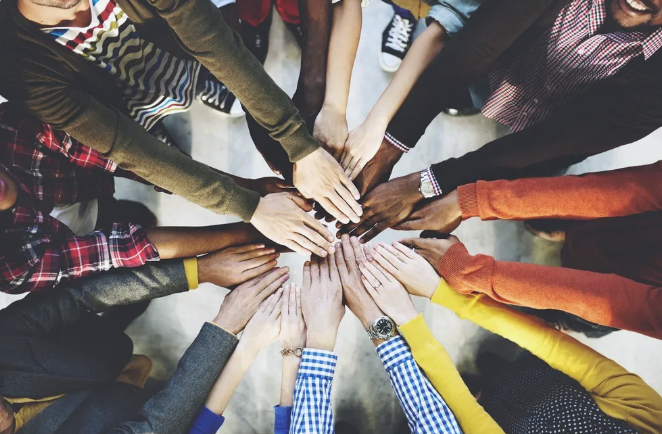By Taylor Mann, Mental Health Counseling Intern
When it comes to mental health in the United States, Western culture has had an impact on theories and practice. To briefly define: culture is described as a set of shared beliefs, practices, and/or other traits among members of a certain group or civilization. “Is cultural impact on mental health good or bad?” The answer is somewhere between yes and no. We will elaborate by diving into American Indian culture and how culture can affect mental health.
According to the US Surgeon General’s Office, Center for Mental Health Services, and National Institute of Mental Health:
“Cultural misunderstandings between patient and clinician, clinician bias, and the fragmentation of mental health services deter minorities from accessing and utilizing care and prevent them from receiving appropriate care.”
Culture can influence whether or not an individual receives proper treatment. In a 2022 publication, the results showed that the American Indian/Alaska Native (AI/AN) population are at a significantly higher risk of PTSD, substance use disorders, and suicide. Additionally, the prevalence of these mental health issues is disproportionately higher in relation to the general U.S. population.(You can read the full publication here: https://www.ncbi.nlm.nih.gov/books/NBK570587/).
• The incidence of lifetime PTSD in the United States is 4.8%-6.4%, whereas the prevalence of PTSD in American Indian and Alaskan Native populations is from 16% to 24%. • The lifetime prevalence of any substance use problem was greater than 60% in one study that tested 489 American Indian females at an Indian Health Service (IHS) hospital. Another study on 89 adolescent American Indians discovered that 94% of the group satisfied the criteria for substance use disorder.• The National Violent Death Reporting System (NVDRS) discovered in 2015 that suicide rates were more than 3.5 times higher than ethnic groups with the lowest suicide rates.o Another study found that the risk of completed suicide, attempted suicide, and suicidal thoughts was 50% higher in AI/AN than in the non-Hispanic White population. o While suicide is a significant problem for people of all ethnicities and ages, previous research has revealed that AI adolescents are at a disproportionately higher risk of suicide.• AI/AN teenagers were shown to have more severe negative experiences such as victimization, substance misuse, and depression. • AI/AN adolescent boys have been found to be at the highest risk of suicide.
In conclusion, culture can be tremendously important when it comes to providing access to services and effective treatment. To better serve minority groups, counselors must keep in mind that there are cultural differences in health-related values/beliefs and specific needs to be addressed as part of their care. At Counseling Connect, we’re sensitive to these issues and make an effort to meet our clients where they are and help them get what they need. As always, we look forward to connecting with you!
If you’re interested in starting therapy for yourself, Taylor is accepting new clients. You can contact her directly at 540-315-7387 or email taylor@counseling-connect.com.

